Descripción
Incompressible Flow, Cuarta Edición es la edición actualizada y revisada del texto clásico de Ronald Panton. Continúa una tradición respetada de proporcionar la cobertura más completa del tema en una introducción excepcionalmente clara, unificada y cuidadosamente elaborada a conceptos avanzados en mecánica de fluidos. Comenzando con los principios básicos, esta Cuarta Edición desarrolla pacientemente las matemáticas y la física que conducen a las principales teorías. En todo momento, el libro proporciona una presentación unificada de las aplicaciones de la física, las matemáticas y la ingeniería, complementada generosamente con ejercicios útiles y problemas de ejemplo.
Revisado para reflejar el fácil acceso de los estudiantes a programas informáticos matemáticos que tienen características avanzadas y son fáciles de usar, Incompressible Flow, cuarta edición incluye:
- Varias soluciones más exactas de las ecuaciones de Navier-Stokes
- Programas Fortran de estilo clásico para el flujo de Hiemenz, el método Psi-Omega para el flujo de entrada y el programa de capa límite laminar, todos revisados ??en MATLAB
- Una nueva discusión sobre la restricción del límite de vorticidad global
- Un capítulo de dinámica de vorticidad revisado con nuevos ejemplos, incluyendo el vórtice de la línea del anillo y las soluciones de vórtice de Fraenkel-Norbury
- Una discusión de los diferentes comportamientos que ocurren en flujos constantes subsónicos y supersónicos.
- Énfasis adicional en expansiones asintóticas compuestas
Incompressible Flow, cuarta edición es el libro de texto ideal para las clases de dinámica de fluidos que se ofrecen en los programas de ingeniería mecánica, aeroespacial y química.
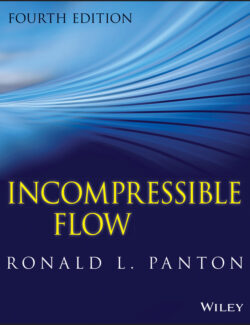

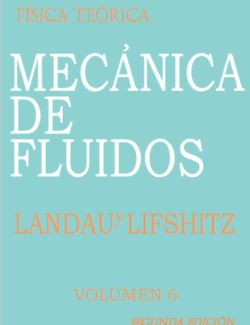

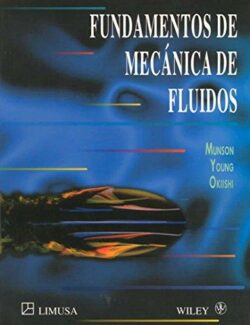
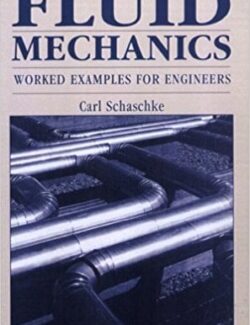
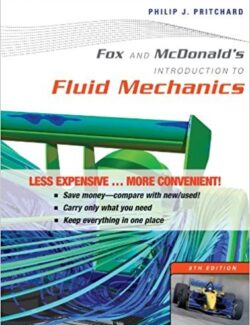

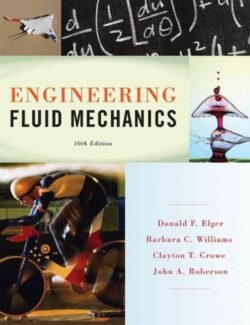
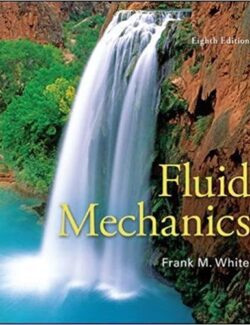

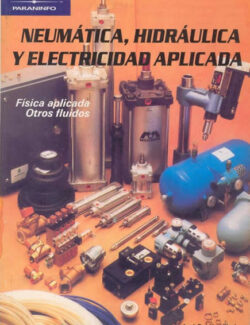
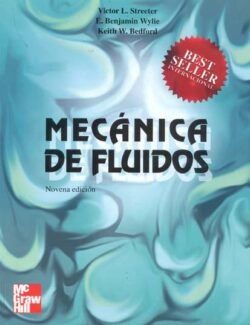
Déjanos un comentario
No hay comentarios